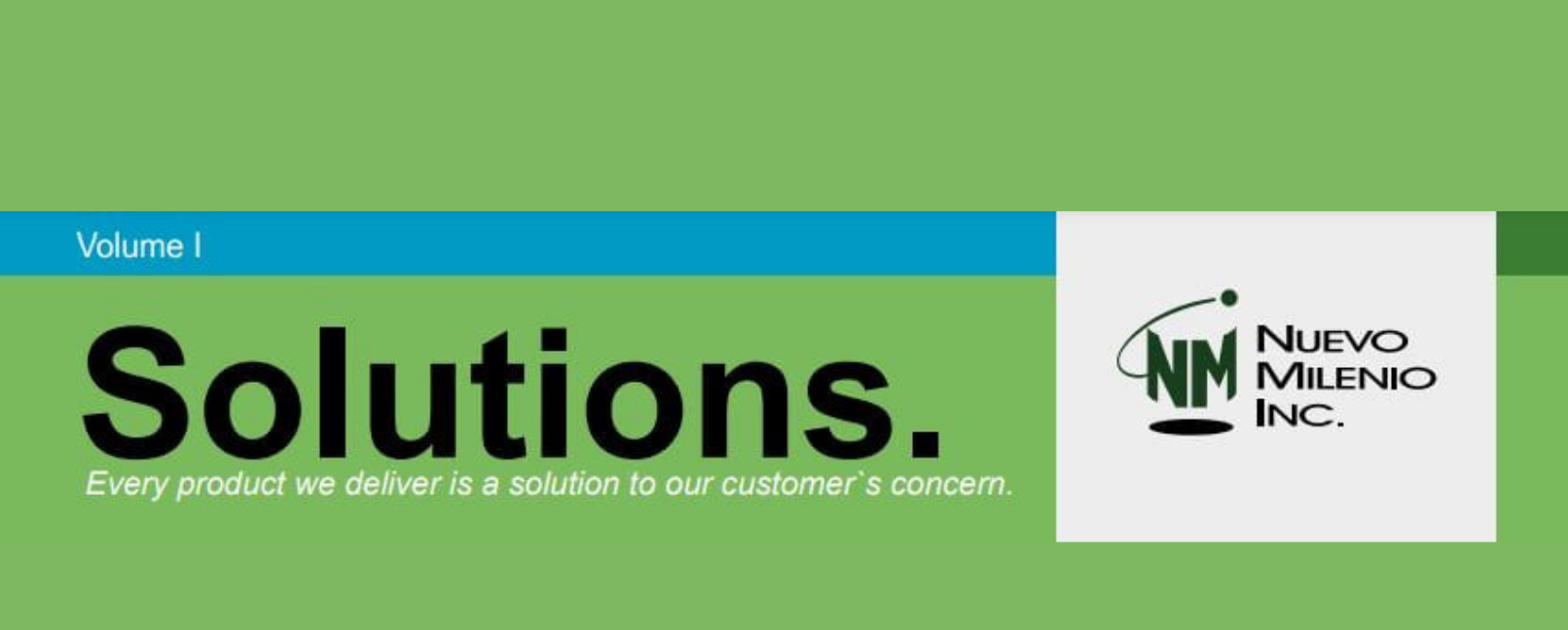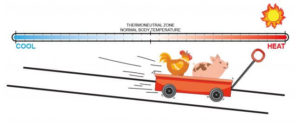
14 May What is Heat Stress?
The Philippines is considered to be one of the fastest growing countries in south-east asia. It is ranked 13th place globally in terms of population with a growth of 1.35% yearly. With this, the country’s demand for commodities such as pork, beef, chicken, milk, etc. are expected to increase or double in the coming years. Thus, the animal industry (livestock and poultry) plays a vital role in the economic, social and cultural sector of the nation (Sejian et al., 2018; Bettencourt et al., 2014). However, climate change, specifically global warming, causes heat stress and has become one of the major threats to the industry due to its negative impact on the herd or flock’s production performance.

According to Lara and Rostagno (2013), in animals experiencing heat stress, there is an imbalance between the net amount of energy flowing from the animal’s body and the amount of energy produced by the animal. This condition can be intensified when temperature, in combination with some environmental factors such as relative humidity, is higher than what is required. This combination is more harmful than high temperature alone. This kind scenario is commonly observed in tropical countries (Goel, 2020) like the Philippines.
Adverse effects of HEAT STRESS in livestock and poultry Excessive heat in livestock and poultry can lead to several metabolic changes. In example, animals experiencing heat stress will have a higher body temperature that results in decreased feed intake, excessive panting, increased water consumption, unfavorable carcass quality and increased mortalities. In addition to this, gut integrity will also be affected resulting in the intestinal wall becoming weak and inflamed leading to poor nutrient absorption and possible leakage of pathogens into the body (leaky gut syndrome). Moreover, blood pH rises
(alkalosis), calcium will be less absorbed and then lameness will occur. Consequently, animals won’t get proper nutrition and will have poor efficiency. Oxidative stress is also elevated during heat stress. This kind of stress leads to the formation of free radicals that will have devastating effects on the internal organs of animals. These free radicals damage the cells and tissues making them lose their functionality. Then in worse cases, death will follow. With this, proper mitigation plans for heat stress should be applied in farms to prevent big losses.
Nuevo HEAT STRESS Solutions Nuevo Milenio, Inc. offers a wide range of products that help alleviate the adverse effects of heat stress in animals. First, we have the antioxidant – Elife. This product is composed of polyphenols, carefully selected to understand their antioxidant properties. It is a Vitamin E booster and a meat quality enhancer. Elife ensures that the animals are healthy by neutralizing the free radicals produced during stressful conditions. Next in line is the probiotics – Gallipro, Gallipro Tect and BioPlus YC. These products contain a highly selected strain of Bacillus subtilis (DSM 17299) and Bacillus licheniformis (DSM 17236). In poultry, Gallipro and Gallipro Tect are used to improve availability and absorption of nutrients and to reduce the risks associated with necrotic enteritis, respectively. For swine, BioPlus YC helps improve production performance and also ensure stabilization of the gut. Both products also prevent leaky-gut which often results from heat stress. Lastly, we have Oligovit Plus. This is a water-soluble product containing vitamins, minerals, amino acids and electrolytes. Stressed animals tend to eat less and drink more, therefore, supplementation of Oligovit Plus ensures that the animals still get nutrients through drinking water.










Sorry, the comment form is closed at this time.